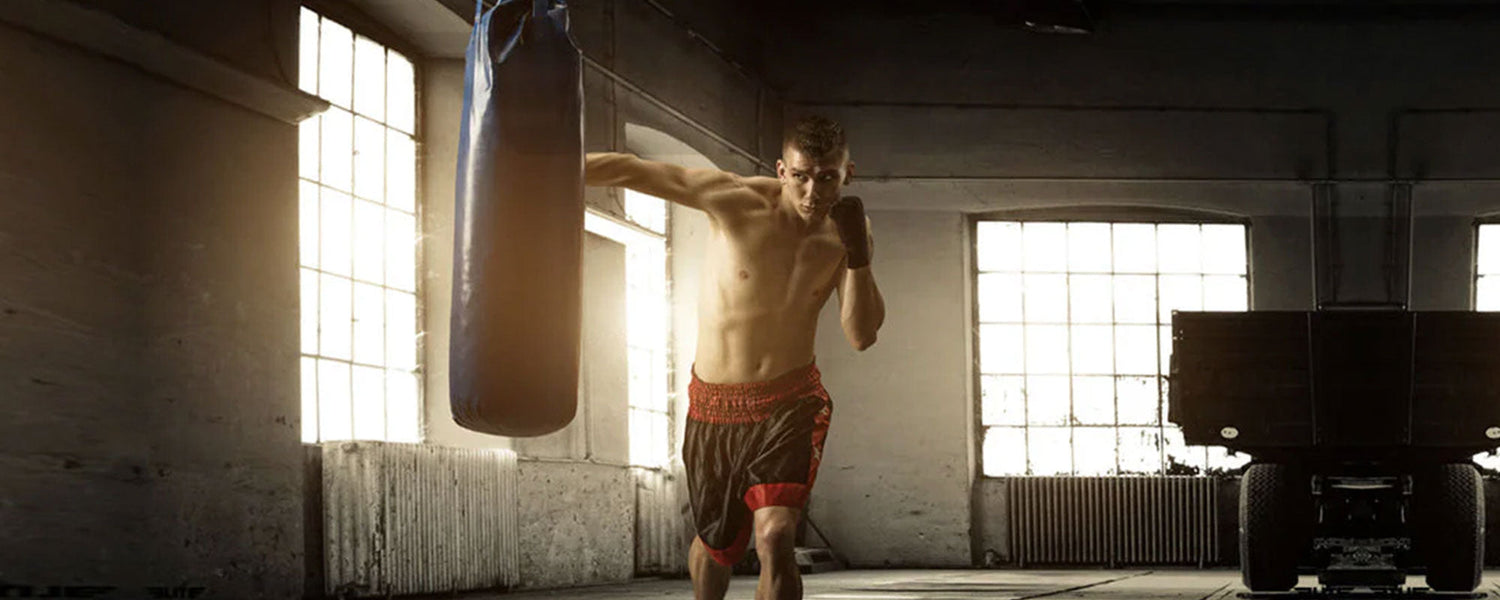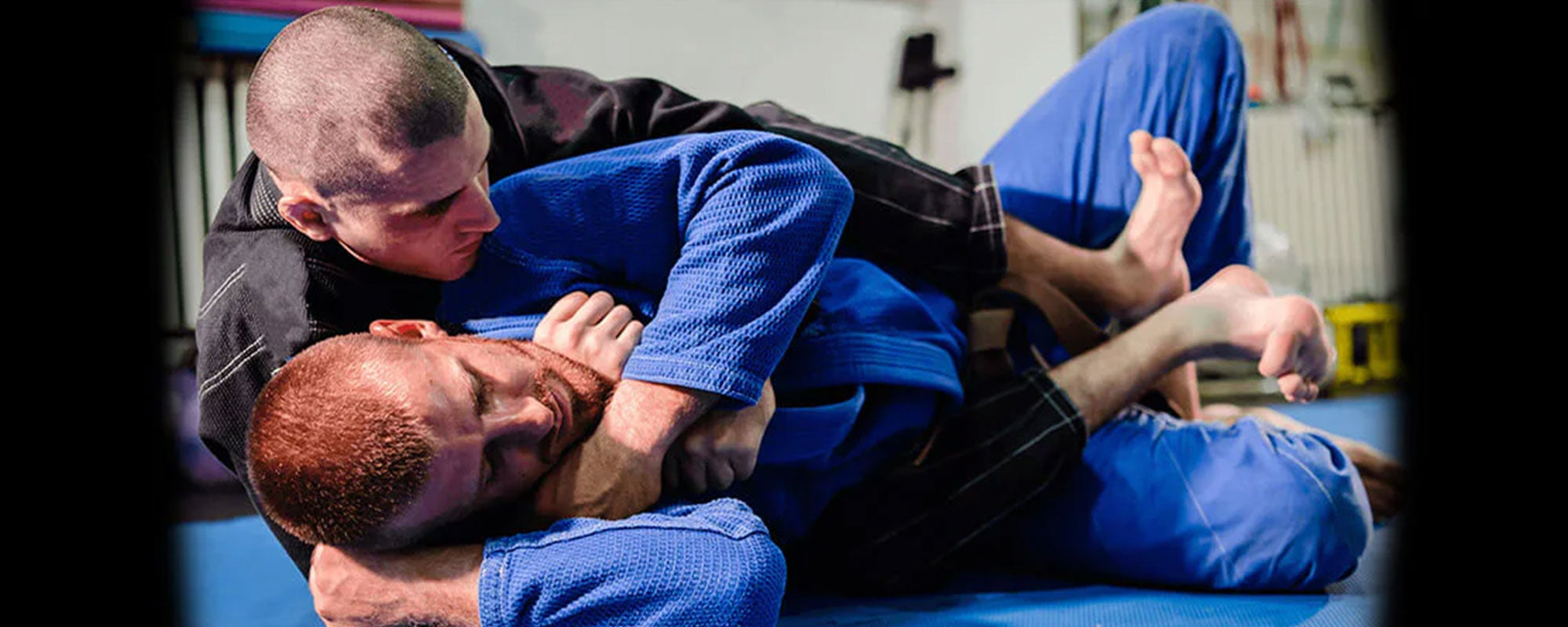Table of content
Even after so many long years, combat sports are still holding their place in the hearts of people. Boxing is one of those combat sports.
Although boxing is cruel and savage but doesn’t mean harm to anyone purposefully. Though, if you are interested in boxing and looking for a complete guideline, this is the place you’ll find the answers to your questions.
However, all contact sports are amazing when it comes to teaching discipline, and boxing is no different either. How exactly is boxing good for you? This is what we are going to discuss in this blog post.
Boxing has many positive impacts on a person’s life, either on health and mind. Moreover, it can be learned for self-defence as well.
Whatever your purpose is to learn boxing, here’s everything to enlighten you with everything about boxing.
1. Reasons to Learn or Not to Learn Boxing
Doesn’t everything attain limits? Same with the case of boxing, some limits do not have to be crossed by any means. Although, boxing has a lot many reasons that make it a must.
1.1. Reasons to Learn Boxing
Boxing has numerous benefits, including physical, mental, and spiritual. Though it doesn’t cover the fact that boxing is an intense and challenging workout.
- Boxing is beneficial for cardiovascular health.
- Improves overall strength and body conditioning.
- It enhances reflexes and hand-eye coordination.
- Great for releasing stress.
- Beneficial for losing fat and weight loss.
- Boxing increases speed, agility, and stamina.
- Boxing strengthens your bones and ligaments.
- Boxing improves overall strength and stability.
- Enhance self-confidence.
- Boxing helps stimulate endorphins.
- Helps you in managing your depression, aggression, and anger.
- Boxing teaches you self-defence.
- Boxing makes you strong mentally.
1.2. Reasons not to Learn Boxing
According to the WBF (World Boxing Federation), there are some boundaries fixed for a person to step into this sport.
Here are some reasons and guidelines that one must follow before joining and getting into this sport.
- Poor eyesight and any type of visual impairment.
- Gone through a major operation or surgery anytime soon
- Had Insulin treatments for diabetes.
- History of Epileptic episodes, ALS, or sclerosis.
- Any kind of facial deformation that can cause breathing impairment
- Any heart diseases.
- Bronchitis, pulmonary emphysema, tuberculosis.
2. Boxing FAQs:
2.1. How much will it cost to Become a Boxer?
Certainly, joining in any sport incurs costs. There are multiple things you have to pay to get them, for example, the right kind of gear, the best quality outfit, equipment, and other crucial things.
Well, don’t let the cost be the reason for not learning boxing. Anyways, some vendors provide the best quality products at affordable and cheap costs.
Essential Boxing Gear A Boxer Should Possess
Though there is a lot of gear and equipment it is not vital to possess all to take a start. Here is the list of gear and essentials that a beginner should possess.
- Boxing Gloves
- Hand Wraps for Protection
- Comfortable Outfit
- Headgear
- Mitts
- Groin Guard
- Rash Guards
- Punching Bag
- Foot Grips
- Shoes
- Ankle Guards
What to Consider While Searching for a Boxing Class
Some factors to consider while searching for a boxing class are:
- Size of the boxing class
- How often the lessons will be taken per week
- Timing and duration of each session
- The instructor should be experienced
- The location of the class should be near your house
2.2. How much Do Boxers Earn?
If you are thinking that pro boxers receive pay checks, you are at fault. Instead, professional boxers are paid per fight.
An average boxer earns $200 per fight. On contrast, a pro boxer earns $60,000 to $375,000 on average.
Boxing is an Elite Sport and boxers can reach up to millions of dollars for a single fight. The best example of millionaire boxers we have: Manny Pacquiao and Floyd Mayweather.
3. Basic Boxing Techniques
Boxing not only considers landing punches in a flow but there are also many other techniques that a boxer should learn to become a successful boxer. Do not think any technique is useless, all of them together make a perfect boxer.
Learning these techniques will allow you to hold firm your expertise in the ring.
3.1. Stance
There are different types of boxing stances and none of them are considered as perfect. Although, many of these stances are used around the world in various ways. Pick a stance that works with your style, skills, and abilities. Make the right choice, pick a stance that allows you to defend and attack at will and adequately.
- Defensive
- Power
- Balance
- Secure
- Mobility
- Stability
- Flexibility
Technically, there are two types of stances, orthodox and southpaw. Both of these stances are suitable for every boxer, though they are left or right-handed.
In the Orthodox style, the boxer put his weak side closer to his opponent. For a right-hand boxer, his left side or hand is his/her weaker side. Whereas, in southpaw, the boxer put his strong side closer to the opponent.
Some pro tips for beginners to boost their learning process. Below is written all that they have to do. You need to:
- Stand with your feet shoulder-width apart
- Take a step back, and it should be your right foot if you are a right-hander.
- Your leading leg and hand will be your left side and it will be closer to your opponent.
- Bend your knees for better speed and agility
- Raise the heel of your back foot slightly for better mobility
- Raise your hands to close your face for protection
- Keep your chin slightly rested on your chest but without tensing it.
3.2. Punching
As a potential boxer, you need to learn four punches, these include jab, cross, hook, and uppercut. Though, there are some other punches in the queue.
They are not common but they are really practical and have their strengths are overhand right, bolo punches, and check hooks.
- Jabs fall within the section of primary training. They’re probably the primary punches taught in any beginner's boxing class. Though these are the weakest of all the punches they will be used as a distraction, a push, and a gap for other punches. Jabs are fast and have good reach, moreover, they counter well.
- Crosses are straight punches together with your rear hand targeting your opponent’s face. They’re useful to counter jabs and crosses and allows you to line up your hooks.
- Hooks are semi-circular punches that are thrown with a weaker hand, though they’re very destructive. A wonderfully thrown hook leads the fight to KO within a few Mike Tyson and Roy Jones Jr. are famous boxers, well-known for their hooks.
- Uppercuts as the name suggests are vertical punches coming from down below and are delivered in an upward motion. The uppercuts travel right within the centre of the opponent’s body and are delivered to the chin.
- Bolo punches are a mixture of hooks and uppercuts. Bolo punches are thrown upwards but with an identical motion of a hook.
- Overhand rights propel with your rear or weaker hand. They work better on shorter opponents because they come from over and above the guard of your opponent.
- Check hooks are designed to tackle a vigorous fighter that is moving forward. Though check hooks are thrown with your dominant hand, the arm rotates in the same direction as a hook.
3.3. Footwork
If your opponent is striking aggressively, what will be your tactics to stand still? Footwork is crucial in boxing, as you can skip away from the sight of your opponent. Some people do not understand the fundamentals of footwork and overlook it.
Footwork is not about avoiding punches and moving around the ring, it is about throwing powerful punches with precision.
Some powerful footwork movements that you can adopt are:
- Lateral: Side-to-side movement
- Pivoting: Moving with the change in the hip’s axis
- 45-Degree Stepping: Backward movement at 45-degree
Ladder drills, shadowboxing, jumping ropes, and box jumping are few exercises that help in improving footwork. Practice footwork daily with consistency to become uncatchable.
3.4. Défense
In the above sections of the article, we have been talking about attacking, now is the time to point out some defensive moves as well.
- Bobbing and weaving are the common defensive moves known by every boxer. The boxer moves his/her head left or right with bent legs to avoid an oncoming After dodging that punch, you can weave back up to your normal boxing stance avoiding the extended arms of your opponent.
- Blocking and parrying are very practical in facing the punches by blocking with your arms. Blocking the upcoming punch with your arms and deflecting it away with your hands is called parrying.
3.5. Head Movement
Why is head movement critical? It is critical to avoid upcoming punches from your opponent. Hitting a moving target is arduous than a stable one, keep your head moving to not get a punch in your face. Though, use the different parts of the body as well to stimulate the movement of your head.
- You can use your overall body back and forth to create an illusion that you’re moving your head.
- Bring your left glove up and then bring it down by bringing your right glove up in a harmony. Also, move your gloves by bobbing your feet.
- Another way to make your opponent think that you are moving your head is by shifting your foot placement and shuffling your weight.
4. Boxing Workouts that a Beginner Should do
There are different boxing workouts that a beginner should do to stay fit and agile. Below is the list of the boxing workouts.
- Burpees
- Shadowboxing
- Sit-ups
- Push-ups
- Running
- Sparring
- Squats
- Walking Lunges
- Rope Jumping
- Shoulder Presses
- Chin-ups
- Weight Training
- Focused mitt drills
- Heavy Bag Training
Also read: Best Boxing Workouts at Home
5. Final Thoughts
Although boxing is a cruel sport it helps a lot in building your personality by adding up your speed, agility, and stamina. Along with the benefits of boxing for men, there are many surprising benefits of boxing for women as well.
Boxing helps with body conditioning and tone up your overall body. You get the strength and power to face all the challenges in or outside the boxing ring.
Tune up your boxing skills with the help of the instructions given above in the article. Practice with consistency and never leave any of the techniques behind thinking of useless. Through all the techniques and moves from moving your head to footwork, every single thing is important. Because if you’re leaving something behind that could be the reason for your failure.
Finally, check the availability of all-important gear and equipment before leaving your house. Always keep a bottle of water with you to stay hydrated during intense boxing workouts.
Do not neglect your eating sessions as well. Boxing is a powerful sport that requires all from your body. Make sure you are eating well. Fill in the requirements of your body to get high results from your boxing training sessions.
Photo Credit: lboboxing



Leave a comment
This site is protected by hCaptcha and the hCaptcha Privacy Policy and Terms of Service apply.